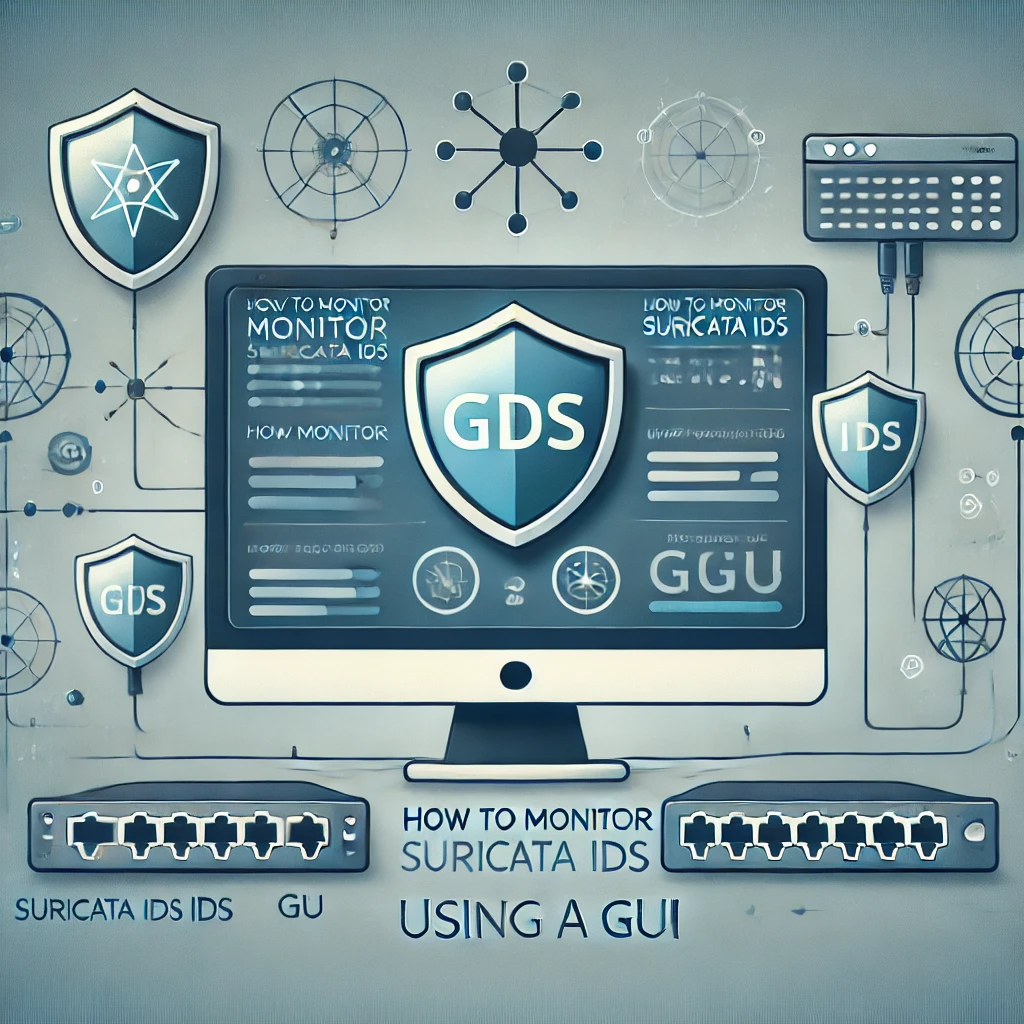🛡️ How to Monitor Suricata IDS Using a GUI: A Complete Step-by-Step Guide for Real-Time Traffic Analysis
Are you using Suricata IDS and want to visualize your network alerts in real-time without constantly digging through log files? You’re in the right place! […]
